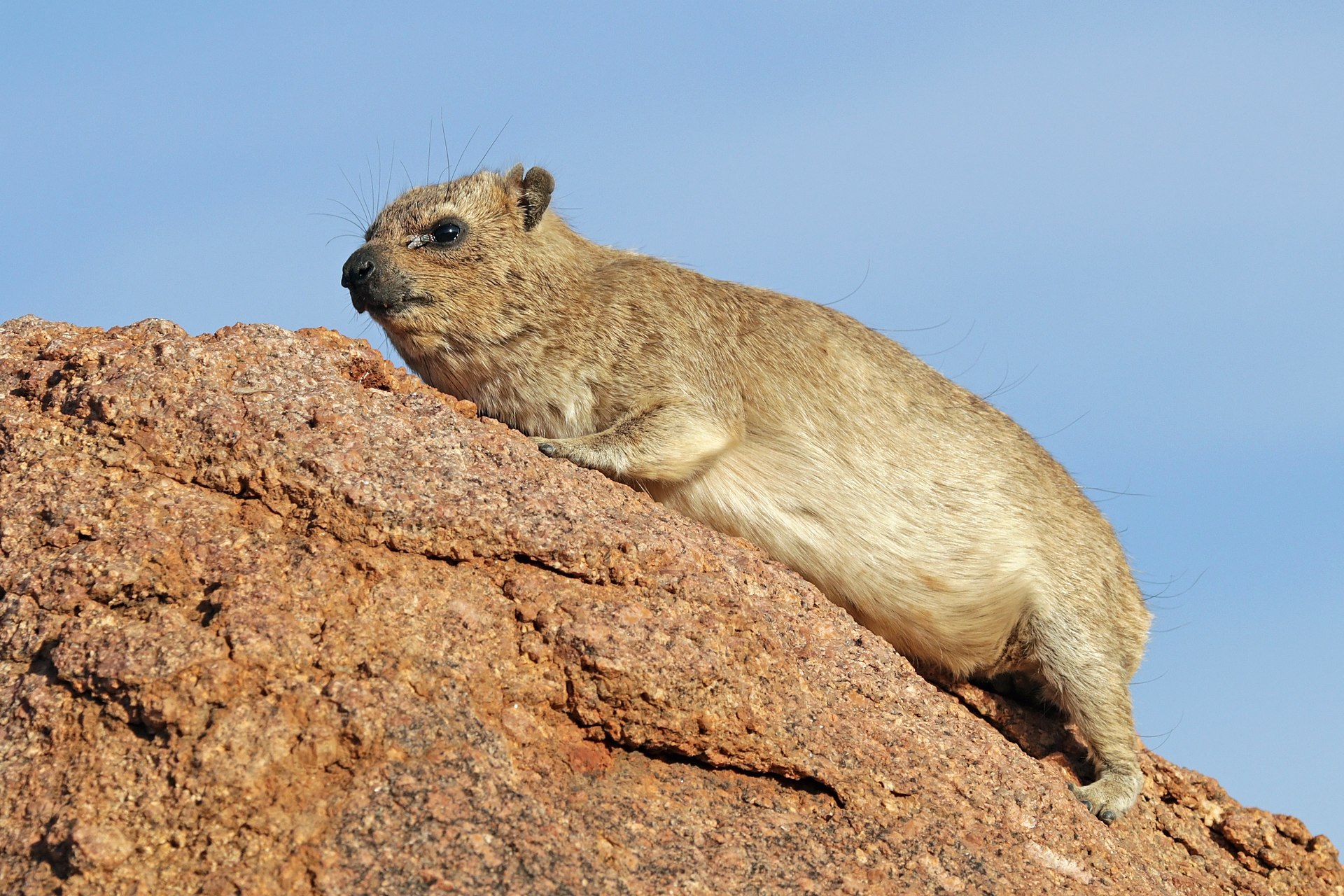Have you ever come across the mention of a peculiar animal called a hyrax in the Bible and wondered what it is? In this blog post, we will delve into the significance of the hyrax in the Bible and explore why this seemingly obscure creature holds an important place in biblical texts. Understanding the role and symbolism of the hyrax can provide valuable insights into the cultural and historical context of the scriptures.
By uncovering the mystery behind the hyrax in the Bible, readers can deepen their understanding of the rich and intricate tapestry of biblical imagery and metaphors. Exploring the references to the hyrax in various verses can shed light on the messages and lessons that the writers sought to convey to their audience. Join us on this fascinating journey as we unravel the hidden meanings behind the presence of the hyrax in the sacred texts of the Bible.
Unveiling the Biblical Significance of the Hyrax
In the Bible, the term “hyrax” appears in the Old Testament, specifically in the book of Leviticus. The Hebrew word used is “shaphan,” which refers to a small, rock-dwelling mammal that is sometimes translated as “rock badger” or “coney” in English translations.
The hyrax is mentioned in Leviticus 11:5-6 as one of the animals that chew the cud but does not have a split hoof, and therefore, it is considered unclean according to the dietary laws outlined in the Mosaic Law. The passage reads:
“And the rock badger, because it chews the cud but does not part the hoof, is unclean to you. And the hare, because it chews the cud but does not part the hoof, is unclean to you.”
Scholars believe that the hyrax mentioned in the Bible is most likely the rock hyrax (Procavia capensis), a small mammal found in rocky areas across Africa and the Middle East. The rock hyrax is known for its rock-dwelling habits, where it seeks shelter in crevices and rocky outcrops.
Despite its small size and seemingly insignificant appearance, the hyrax has been referenced in the Bible to illustrate various themes such as cleanliness, dietary laws, and the diversity of God’s creation. While it may seem like an obscure reference to modern readers, understanding the cultural and environmental context of the ancient Near East sheds light on the significance of the hyrax in biblical times.
Overall, the mention of the hyrax in the Bible serves as a reminder of the attention to detail and specificity of the dietary laws prescribed in the Mosaic Law, as well as the diversity of the natural world that reflects the intricacy of God’s creation.
What does the hyrax mean in the Bible?
In the Bible, the hyrax is mentioned in the book of Leviticus 11:5 and Deuteronomy 14:7. The Hebrew word for hyrax is “shaphan.” In these verses, the hyrax is listed among the unclean animals that the Israelites were not allowed to eat according to the dietary laws given by God. The hyrax is often translated as a rock badger or coney in some Bible translations. Overall, the mention of the hyrax in the Bible serves to highlight the importance of following the religious and cultural practices outlined in the Scriptures.
What kind of animal is a hyrax?
A hyrax is a small mammal mentioned in the Bible that resembles a rodent or rabbit. In the Old Testament, it is often referenced in the book of Leviticus as an example of an animal that chews the cud but does not have a split hoof, making it unclean for consumption. The hyrax is also mentioned in the Book of Proverbs as an example of a small and feeble creature that is nevertheless wise and able to find safety in the rocks.
Do hyrax still exist?
Yes, hyraxes are still existent today. In the Bible, hyraxes are mentioned in Leviticus 11:5 and Deuteronomy 14:7 as one of the animals that are considered unclean for consumption. These small mammals are found in Africa and the Middle East, particularly in rocky areas.
Why are rabbits unclean in the Bible?
In the Bible, rabbits are considered unclean animals because they do not meet the criteria set forth in Leviticus 11 and Deuteronomy 14 for animals that are permissible to eat. These passages provide a list of animals that are deemed clean or unclean for consumption.
Specifically, rabbits are considered unclean because they are hindgut fermenters, which means they re-digest their food by eating their feces. This behavior is seen as unclean according to the dietary laws outlined in the Bible.
It’s important to note that these dietary restrictions were given to the Israelites as part of the Mosaic Law and were intended to set them apart as a holy people. The laws regarding clean and unclean animals do not apply to Christians today, as stated in the New Testament (Mark 7:19, Acts 10:9-16).
Ultimately, the classification of rabbits as unclean in the Bible is based on their physical characteristics and behaviors, as outlined in the Old Testament dietary laws.

